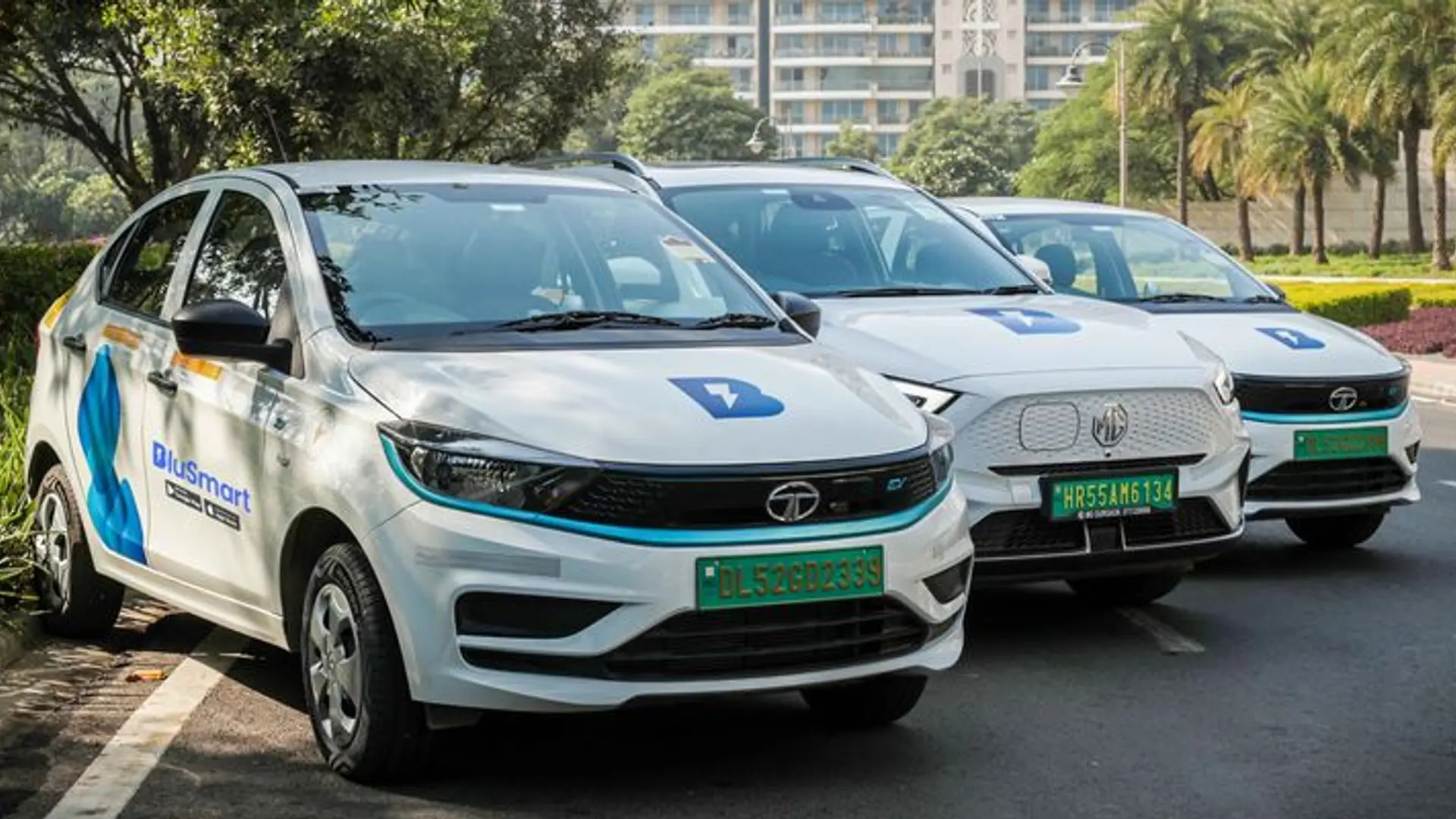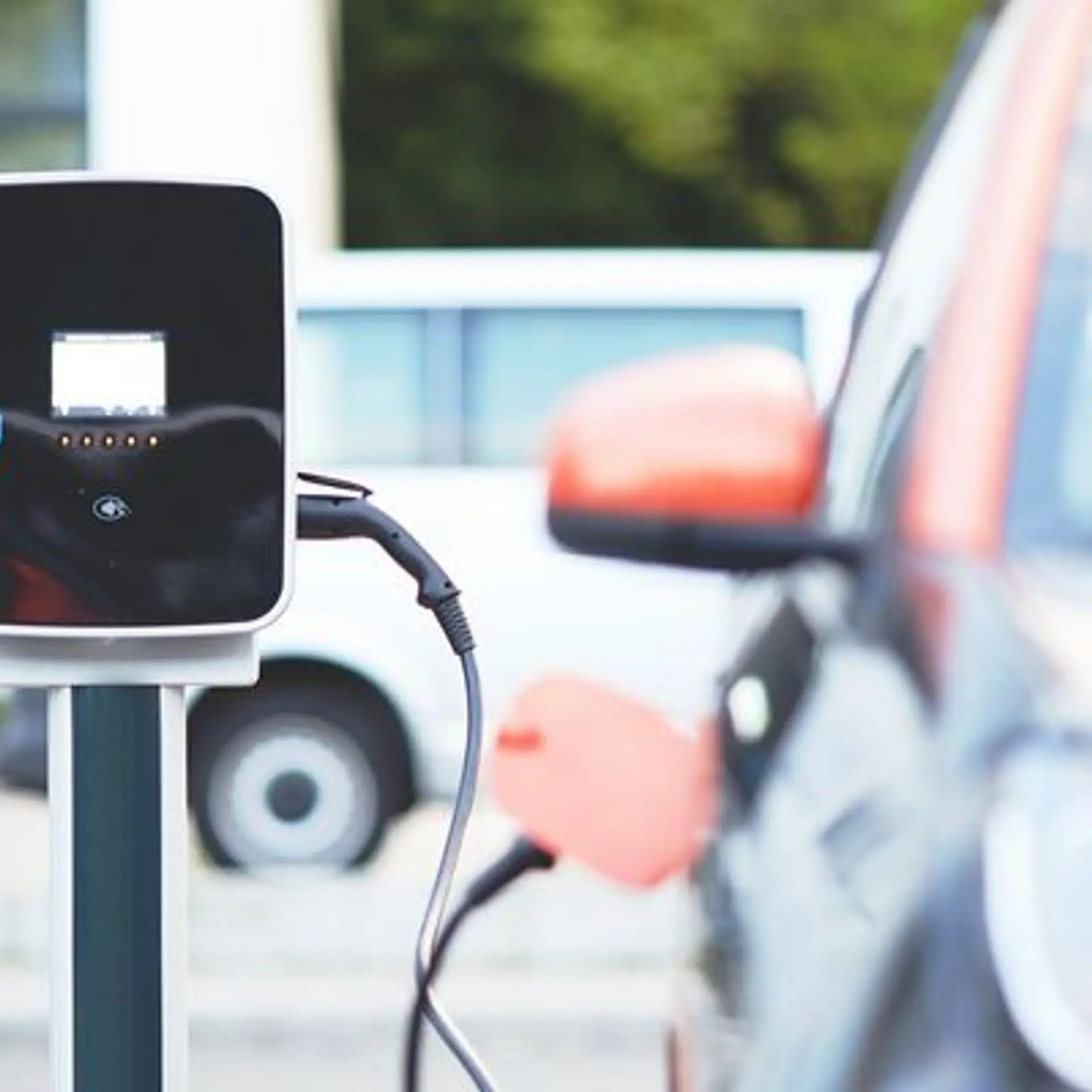A year after getting a new CEO, it is not all ‘kalyan’ on the Flipkart front
The year gone by was a good one for Flipkart – at least at first glance. But scratch the surface and the façade shows many holes. Flipkart and its CEO, Kalyan Krishnamurthy, have a major task ahead as competition is only getting stronger and bringing the next set of customers online is not proving to be easy.
When a company raises a staggering almost-$4 billion in funding in a single year, you would think the firm’s CEO will not have to worry about anything for quite some time. Unfortunately, considering the milieu that Flipkart operates in, CEO Kalyan Krishnamurthy does not have the luxury to relax.

Flipkart has definitely found deep-pocketed backers in the form of SoftBank and Tencent, among others. If 2016 was all about Flipkart losing market share to Amazon, 2017 saw the company regaining, just about, its leadership position especially during the high-visibility, end-of-the-year sale events. According to data from advisory firm RedSeer Consulting, Flipkart Group (including Myntra and Jabong) captured 58 percent of the market during the September Diwali sales period, versus Amazon’s 26 percent. In a conversation with YourStory at the conclusion of the Big Billion Days 2017, Kalyan had claimed Flipkart had captured 70 percent market share each in fashion, mobiles and appliances.
However, as Amit Agarwal, Amazon's India Country Head and Global Senior Vice President, said in a detailed interview with YourStory just before the end of 2017:
Every month or quarter, sales can change based on the number of sale events you do. In December, they had some three sale events and we didn’t do any. You need to look at the 12-month period. When you are growing 150 percent faster, it is a matter of mathematics when it would be sustained leadership. So why quarrel about month 10 versus 11.”
The biggest challenge, as Kartik Hosanagar, e-commerce expert and Professor at The Wharton School of the University of Pennsylvania, puts it “quite simply is taking on Amazon. Most of the other competitors are gone and e-commerce fundamentals in India remain good. So it simply comes down to a market share battle with Amazon.”
It is like a tug of war is taking place with Flipkart and Amazon on either end. Flipkart has just managed to pull the rope a little to its side in 2017. Now, with Alibaba becoming more aggressive through Paytm Mall, the tug of war is getting more complex.
A tale of two problems
While competing with the global giants, Amazon and Alibaba, is the big-picture challenge, Flipkart’s execution problems can be grouped under two broad buckets:
- Ensure customers who have shopped on Flipkart come back to the site, and do so often.
- Get more Indians to try online shopping, specifically on Flipkart.
While the challenges we list out fall under many heads, they all go back to these two basic issues. This is true for all e-commerce companies, including Flipkart’s primary competitors Amazon and Paytm. But that’s another story.
Flipkart’s prime problem
Amazon claims to have millions of Prime subscribers in India. Amazon Prime is the Seattle-based e-commerce giant’s global membership programme. Members get special benefits like faster shipments and access to video streaming. Amazon recently increased the membership fee in India from Rs 499 a year to Rs 999 a year. Amazon claims more Prime members signed up in the first 12 months in India than in any other geography; more than 50 percent of Prime members are from outside the top 10 cities. During Diwali season, people from about 350 cities bought Prime membership.
Flipkart needs a compelling alternative to Amazon Prime. Once a customer has signed up for Amazon Prime, it isn’t easy for Flipkart to win that customer back,” says Kartik.
Typically, it is the more mature e-commerce shopper—the ones who have shopped online multiple times—who opt for a Prime membership. As Kartik mentions a Prime member typically shops only on Amazon and goes elsewhere only if a product he or she wants is not available on the site.
Now, Flipkart has spent millions of dollars over the years to get users to come to its site and shop. Quite a few of these shoppers, we can assume, would have taken Prime membership. These customers have almost been lost forever for Flipkart. Cash burn rate, which includes all the marketing and discounting that marketplaces do to attract customers, now stands at about 12-15 percent of Gross Merchandise Value (GMV).

Flipkart needs to figure out a counter to Prime. A membership programme similar to Prime will be difficult to replicate as it will require heavy investments to ensure availability of a wide selection of products across warehouses and super fast deliveries. Flipkart will have to be selective about the geographies where such a programme will be available as holding large volumes of inventory is expensive.
Even if it opts to not launch a membership Flipkart will have to introduce features that will make the mature online shoppers come back to the site. The main issue here is Flipkart has not been able to give customers a single, comprehensive answer to the question of: why should a customer choose Flipkart over anyone else?
Flipkart's biggest competitive moat is investor consolidation. In a race of three, it is the US behemoth Amazon vs Chinese behemoth Alibaba vs all other global investors betting their bounties on Flipkart. This gives them (Flipkart) breathing room to consolidate their brand position. However, I remain pessimistic about their intrinsic differentiator to out-compete either e-commerce behemoth on any one count,” says Kashyap Deorah, serial entrepreneur and author of The Golden Tap, the inside story of hyper-funded Indian startups.
The differentiations it had built over the last few years like exclusive smartphone partnerships or a wider fashion selection do not seem like defensible moats anymore. Amazon too has a strong smartphone category and has been building up fashion consistently, though Flipkart, along with Myntra and Jabong, still has a strong lead.
Dependence on mobile
Flipkart has a dominant position in the mobile and fashion category. In mobile, it had over 50 percent online market share according to Counterpoint Research. During the sale period, the mobile category accounted for about 50 percent of Flipkart’s GMV. While this dominance in a highly visible, and high-value category has worked to its advantage, this dependence on a single category also poses a risk.
“In the smartphone market all you can do is new launches every quarter. Everyone’s fighting for exclusive deals. The margins are not high. This category is useful only for driving GMV,” says Satish Meena, Senior Forecast Analyst at Forrester Research.
Amazon has fought back in this category, with exclusive partnerships of its own. For instance, Samsung Galaxy On7 Prime was launched exclusively on Amazon India this week. Brands that were Flipkart exclusives, like Xiaomi, now sell on Amazon too. Amazon has also launched smartphones in association with 10.or. In the second quarter of 2017 Flipkart’s mobile phones market share dropped to 50 percent from 57 percent in the previous quarter while Amazon’s share grew to 33 percent from 27 percent, according to Counterpoint Research.

There are other concerns. For instance, smartphone market leader Xiaomi gets 50 percent of its sales through its own site, according to a person who has knowledge of the sales split. Flipkart and Amazon are essentially vying for the other 50 percent.
Flipkart mainly focuses on mobile, fashion and large appliances—its biggest selling categories. Amazon has an advantage when it comes to breadth of selection. Flipkart now has to play catch up in other categories, especially in grocery. Amazon started building up multiple models under the challenging grocery category like Now and Pantry from 2016. With Alibaba and Paytm taking a stake in grocery market leader BigBasket, Flipkart is on the back foot here. It launched its grocery category in November.
New features need to kick in at scale
The company has introduced a slew of features like no-cost EMI and ‘buy now pay later’ in 2016 and 2017. Most of these features have not scaled up yet to cover the entire Flipkart customer base. Also, Flipkart has not really gone all out in marketing many of these features. Lizzie Chapman, Co-founder and CEO of ZestMoney, a payment platform that enables customers to buy high-priced items on EMI without using a credit card, says:
Millions of customers outside the top ten cities need credit. The general perception is that EMI is only meant for rich. But Flipkart wants a larger customer-base. They need to educate them that EMI is available.”
Many of these features have been introduced to get first-time online shoppers to try buying on Flipkart. For these new shoppers assisted buying will be a requirement, says Lizzie. Amazon already has an assisted buying model called Project Udaan. Launched in 2015, Amazon has partnered with small stores (through partners like StoreKing and Vakrangee) in rural India, whose shopkeepers help customers buy on Amazon. Flipkart will have to roll out many more features and initiatives to get the next 100 million to shop on its site.
Bringing the next 100 million customers online will take years. These players are just now spending on infrastructure in their target cities… They need to make investments in logistics and offline stores where customers can experience online shopping—fashion to start with, and then high-ticket items like furniture,” says Satish.
Speed up acquisitions and investments
Two of Flipkart’s acquisitions have given it great momentum. One is Myntra, through which Flipkart has consolidated its leadership position in fashion. The other is Jeeves, Flipkart’s arm that handles all the consumer durables and furniture installations for the company.
Its more recent investment PhonePe is yet to show the kind of impact that Flipkart needs. In November, reports showed that Google Tez had captured 67 percent market share in October beating both BHIM and PhonePe.
With the billions it has raised Flipkart has embarked on a series of investment and acquisition talks with multiple players—ranging from food delivery startups to players in various e-commerce verticals. But it has not closed any major deals so far. The Wharton School’s Kartik says Flipkart should follow the Myntra model of having an independent brand in other categories like the high-margin jewellery segment. “It’s perhaps best achieved through an acquisition,” he adds.

Amazon, too. is talking to multiple players like lending platform Capital Float and online-only insurance firm Acko. It has already invested in offline retailer Shoppers’ Stop, which gives it exclusive access to the latter’s private labels and exclusive brands. In fact, Amazon has already launched 150 of Shoppers’ Stop’s exclusive labels such as Haute Curry, Kashish, Sanaa, and Rheson. This tie-up also gives Amazon connection to more geographies, like the East through Shopper’s Stop’s warehouses in that region.
The Amazon investment in Shoppers’ Stop is seen as a master stroke by industry watchers as many believe online players will have to partner with offline retailers to expand. “More than consolidation of online players, they (Flipkart) will need to acquire offline stores in fashion– not just big retailers but smaller ones too,” says Satish. This is closely linked to getting the next 100 million shoppers online as offline presence will solve some of the trust issues.
It will not be easy for Flipkart to make these acquisitions and investments, especially at reasonable valuations as both Amazon and Alibaba (along with Paytm) are on the prowl.
Ecosystem issues
The founder of a startup that is a service provider for Flipkart complains that the company changes focus too many times. “Lack of clarity inside the organisation is a challenge for Flipkart. Every three months they change focus in brands, financial services etc. There is no good communication to partners. This comes across as constant changes,” says the founder, who did not wish to be named.
Sellers, too, have their share of issues. “Amazon settles payments for all sellers every seven days, but Flipkart has different payment cycles for Bronze, Silver, and Gold graded sellers. The new sellers coming online are automatically graded Bronze. So the chances of customers hitting the buy button decrease,” says a long-time seller on Flipkart, who spoke on condition of anonymity.
Flipkart’s private label push has been good for its bottom line, as these brands offer much higher margins. The company now has a slew of in-house brands in categories ranging from mobiles to fashion to appliances. However, sellers are not too happy. The seller quoted earlier says the company is aggressively promoting the newly launched ‘Billion’ brand, which is hurting sales of sellers of similar products on the marketplace.
Then there is the issue of unethical sellers. “There are sellers who are black-listed on our site and on Myntra, who are selling freely on Flipkart,” says the head of an online fashion platform, who did not wish to be named. With thousands of sellers on its platform Flipkart needs to strengthen its seller checks. Recently, US lifestyle and footwear brand Skechers took Flipkart and four of its sellers to court on allegations of selling fake products. Such allegations directly impact customer trust.
Finally, the biggest challenge for Flipkart will be to stop looking at and worrying about Amazon’s playbook. As K Vaitheeswaran, Indian e-commerce pioneer and author of Failing to Succeed: the story of India's first e-commerce company, says:
They had the money and put all Indian competitors out of business. They are now chasing the game. Now someone else is spending more money, discounting more, has better execution. Instead of setting the game and rules Flipkart is now following the game. They are being reactive. They need to break out of that.”







